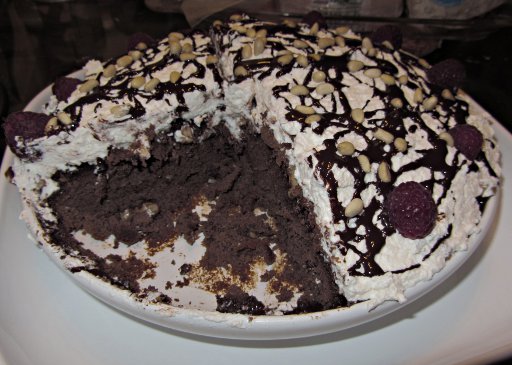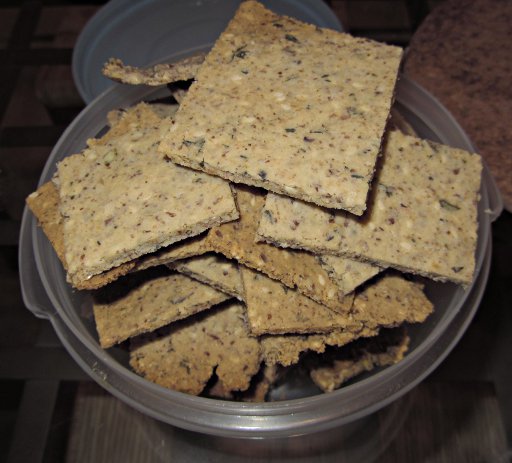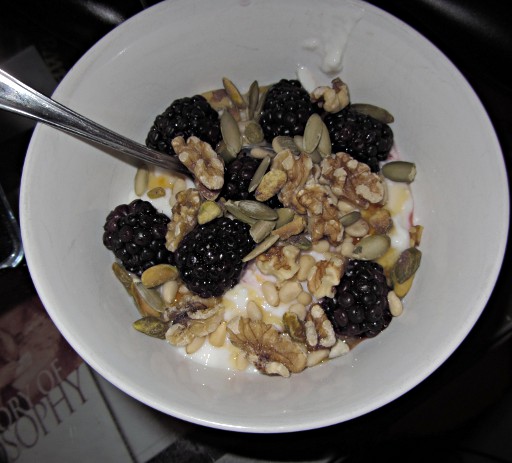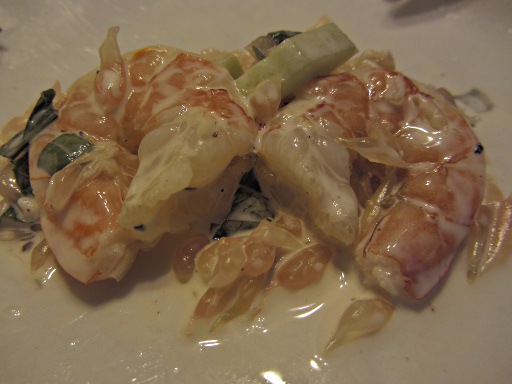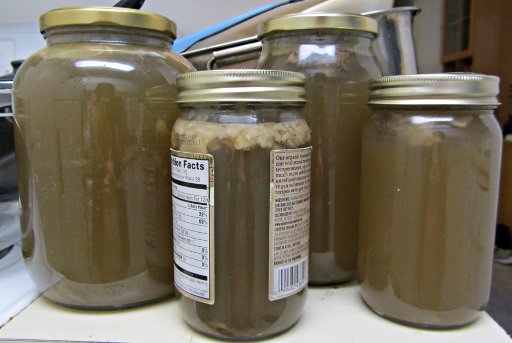New Canon cameras at CES
Canon announced today a few new P&S digicams and camcorders. What do these new models mean for video? Apparently, absolutely nothing.
The flagship of the new announcements is the G1 X, a large sensor G-series camera. The only new video-related feature it’s got is its upgraded bitrate: it now uses the same bitrate as in the Canon dSLRs, at around 45 mbps. But there’s still no manual control, or 1080 @ 25/30p and 720 @ 50/60p (in addition to its 1080/24p and 720/30p). Video-wise there’s absolutely no reason to buy this camera compared to the Canon S100 I’m afraid. Sure, it’s got a bit more bitrate, but that extra 20% more bitrate isn’t worth an additional $400 IMHO. Yup, there’s a big sensor in there now, but if you can’t manually control the aperture, and instead we have the camera go automatically to high shutter speeds outdoors (and closing down the aperture), what’s the point of it?
Update: According to this article, the G1 X does not even have exposure compensation for video. It’s one, big, fat, expensive, JOKE. Update 2: DPreview updated their article saying that exposure compensation does work, but only when the camera is in movie mode, and not when you simply click the record button in any of the other modes. This is how it’s supposed to work, but the way they wrote the original article showed that the dpreview guys are in need of a video-specific reviewer…

Regarding the cheaper 520 HS, 310 HS and 110 HS, there are highly disturbing news I must report. Not only exposure compensation + lock is STILL MISSING from these models (remember, up to 2010, Canon P&S digicams did have this feature for video, but then it was removed from most of their new models), but bitrate was also botched down! Where in the past all Canon P&S HD digicams would feature 21 to 24mbps bitrate for 720p, and 35 to 38 mbps for 1080p, now we have TWO of the NEW models (520 HS & 110 HS) offering just 18 mbps for 1080p, and about 12 mbps for 720p. In other words, Canon made their consumer digicams WORSE than they were last year (again, video-wise).
I made quite a few frienemies by evangelizing the Canon P&S digicams over the last 2-3 years, but starting last year and continuing with this year’s models, I can’t suggest these cameras anymore with a straight face. Canon is trying to save their camcorder department by butchering what it was the best P&S video digicams in the market. They had the basics right, but now they aren’t better than other manufacturers. We were going so well in terms of adding video features on digicams in the last few years, and then, not only there’s a stop, but there’s regression too. Sad…
As for their new camcorders, none of these new models offer anything really new, that’s just recycling we see there. The HF G10 from last year at $1500 still remains their best semi-consumer camcorder ever released, but they didn’t update it this year (it would have benefited from a bigger sensor and a full-size hot shoe).
Conclusion: Buy older Canon digicams if you must have a digicam for video, the ones that still have the basics in place. These basics are, I list them again:
– Exposure compensation + lock
– Focus lock
– Custom colors for “flat” look (at least for saturation, contrast, sharpness)
– 720p at over 20 mbps, 1080p at over 35 mbps
– 24p and 30p options
I mean, really, is that too much to ask? I never even mentioned manual control for A/V, or built-in ND filters, or mic-inputs, or any other “crazy” feature. Just the damn basics needed to make a video that doesn’t look like total amateur hour! Even the iPhone can do most of that now via third party apps!
So, which P&S digicam to buy? If you only shoot random family videos, anything will do, but if you want to do art, go for last year’s SX220/SX230 HS which sells at $200 now (1080/24p, 720/30p), or last year’s A1200 which sells for $90 (720/24p). If you have the extra money, you can consider the S100 too at $430 (same video features as SX230, plus ND filter). For camcorders go for the one I mentioned above, the HF G10, the rest are laughable for anything serious (at least from what you would expect from a camcorder compared to a digicam).
But the best advice would be to wait and see what the new T4i dSLR will be able to do in February. From leaks we know for sure it’s going to have the new Digic imaging processor, but if an updated sensor/body comes with it to complement it (which would translate to less rolling shutter, no line-skipping, continuous autofocus), then there’s no reason to get a P&S digicam. Save your money, work extra hours if you have to, and go for the T4i in that case.
I wish I was able to suggest P&S digicams instead, for young people who just start with video (I will be teaching a videography class soon to kid-artists), but these new models don’t allow me to do so. They’ve taken a step back.





